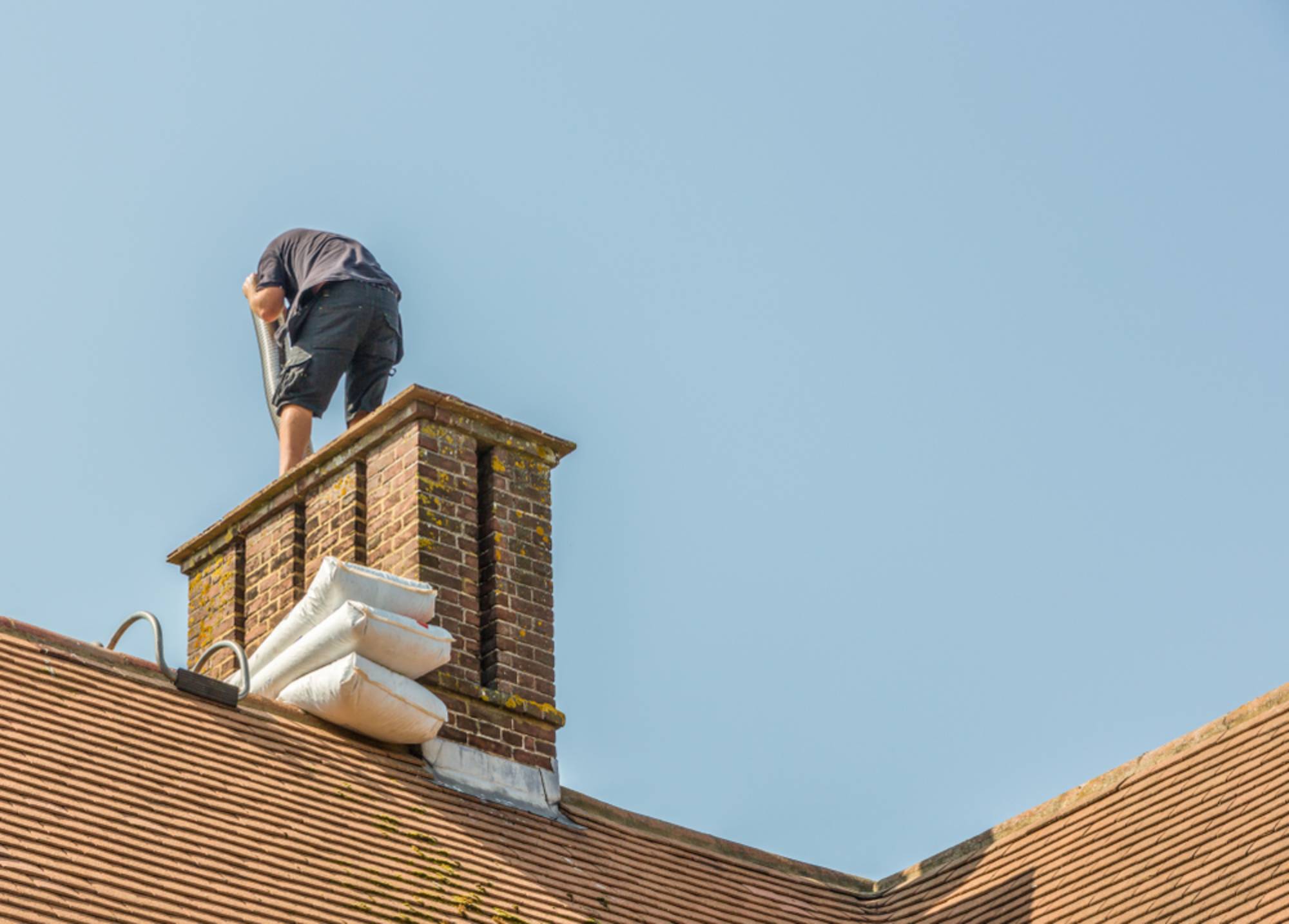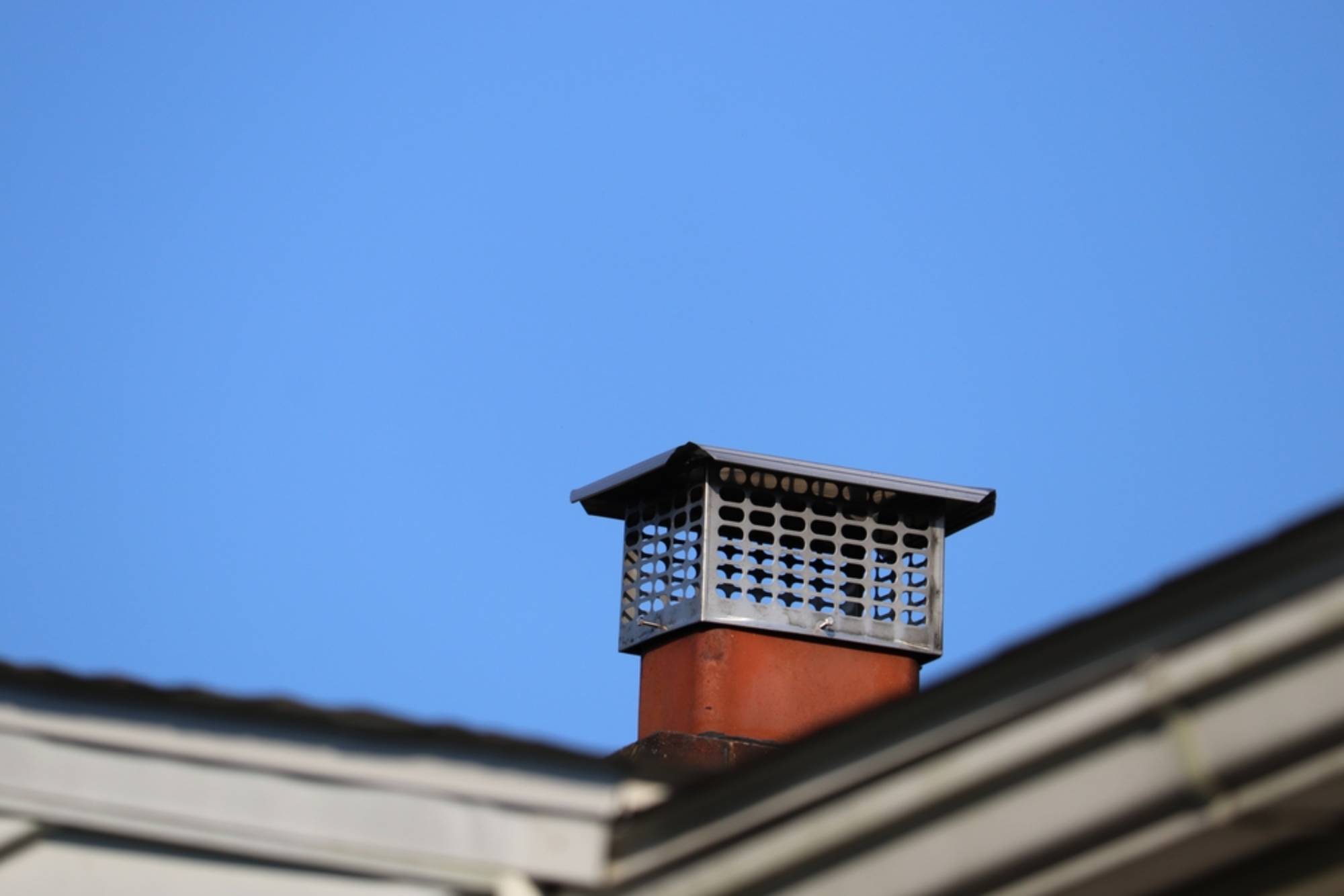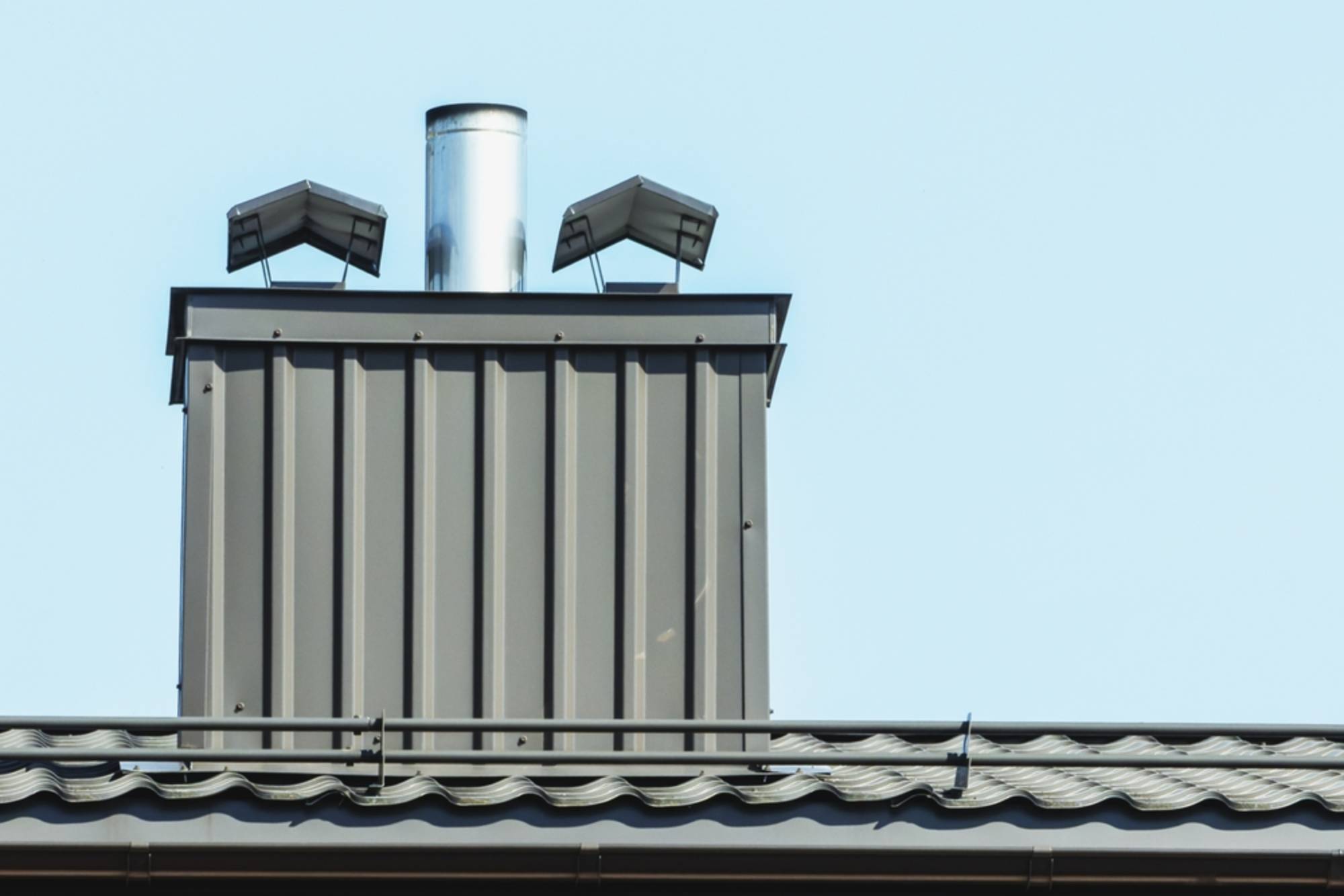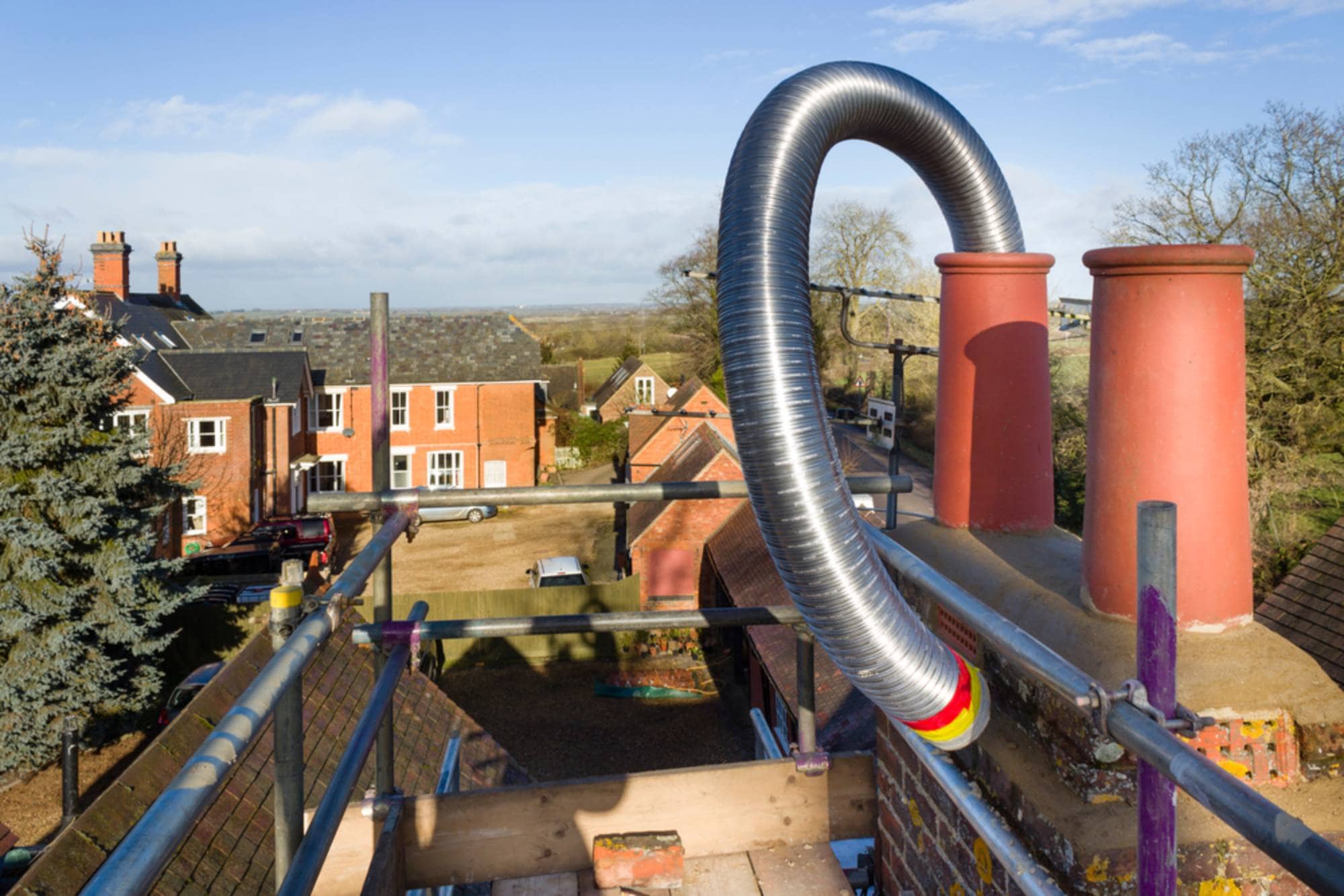Get professional chimney liner installation that prevents fires, stops carbon monoxide leaks, and meets all safety codes in Providence County.

Hear from Our Customers

Your chimney liner isn’t just another part—it’s your family’s shield against carbon monoxide poisoning and house fires. When we install your new stainless steel or ceramic liner, you get a barrier that channels dangerous gases safely outside while protecting your chimney’s masonry from heat damage and corrosion.
You also get better heating efficiency. A properly sized liner creates the right draft for your fireplace or furnace, which means less wasted fuel and lower heating bills. Plus, you’re meeting Rhode Island fire codes that require liners for wood-burning appliances.
Most importantly, you can actually use your fireplace without wondering if tonight’s the night something goes wrong.
We’ve been installing chimney liners throughout Providence County for over 25 years, and we understand what Rhode Island’s coastal climate does to your chimney system. The moisture from nearby Narragansett Bay creates specific challenges for masonry and flue systems that most contractors miss.
Our CSIA-certified technicians know exactly how to handle the creosote buildup patterns common with the oak and maple wood burned in this area. We also understand how freeze-thaw cycles affect different liner materials, so we recommend the right solution for your specific situation.
When we show up, we protect your home with HEPA-filtered equipment and explain exactly what we’re doing and why. No surprises, no upselling—just honest work that keeps your family safe.

First, we inspect your entire chimney system with a camera to check the flue condition, measure dimensions, and identify any repairs needed before installation. We clean out any creosote, debris, or old liner materials that could interfere with the new installation.
Next, we select the right liner material—usually 316Ti stainless steel for maximum durability, or 304L steel for wood-only applications. We carefully lower the flexible liner down your chimney or assemble rigid sections, depending on your flue’s configuration and any bends or offsets.
Finally, we seal all connections at the top and bottom, install the proper cap and rain cover, and connect any appliances like your furnace or wood stove. We test the entire system to ensure proper draft and clean up completely. You get documentation showing the work meets all local codes, plus maintenance recommendations to keep everything working safely for years.

Ready to get started?
Your chimney liner installation includes a complete Level 2 inspection with camera documentation, professional cleaning to remove all debris and creosote buildup, and precise measurement to ensure proper sizing. We provide the liner itself—typically high-grade stainless steel with lifetime warranties—plus all necessary connections, seals, and hardware.
In Providence County, we often see chimneys affected by coastal moisture that creates unique corrosion patterns. That’s why we use marine-grade stainless steel components and apply special sealants designed for New England’s harsh winters. We also install proper insulation around the liner when needed to prevent condensation issues common in this climate.
You also get a detailed report documenting the installation, warranty information, and a maintenance schedule. Most Esmond installations take one day to complete, and we clean up thoroughly so you’d never know we were there—except for the peace of mind that comes with a properly functioning, code-compliant chimney system.
